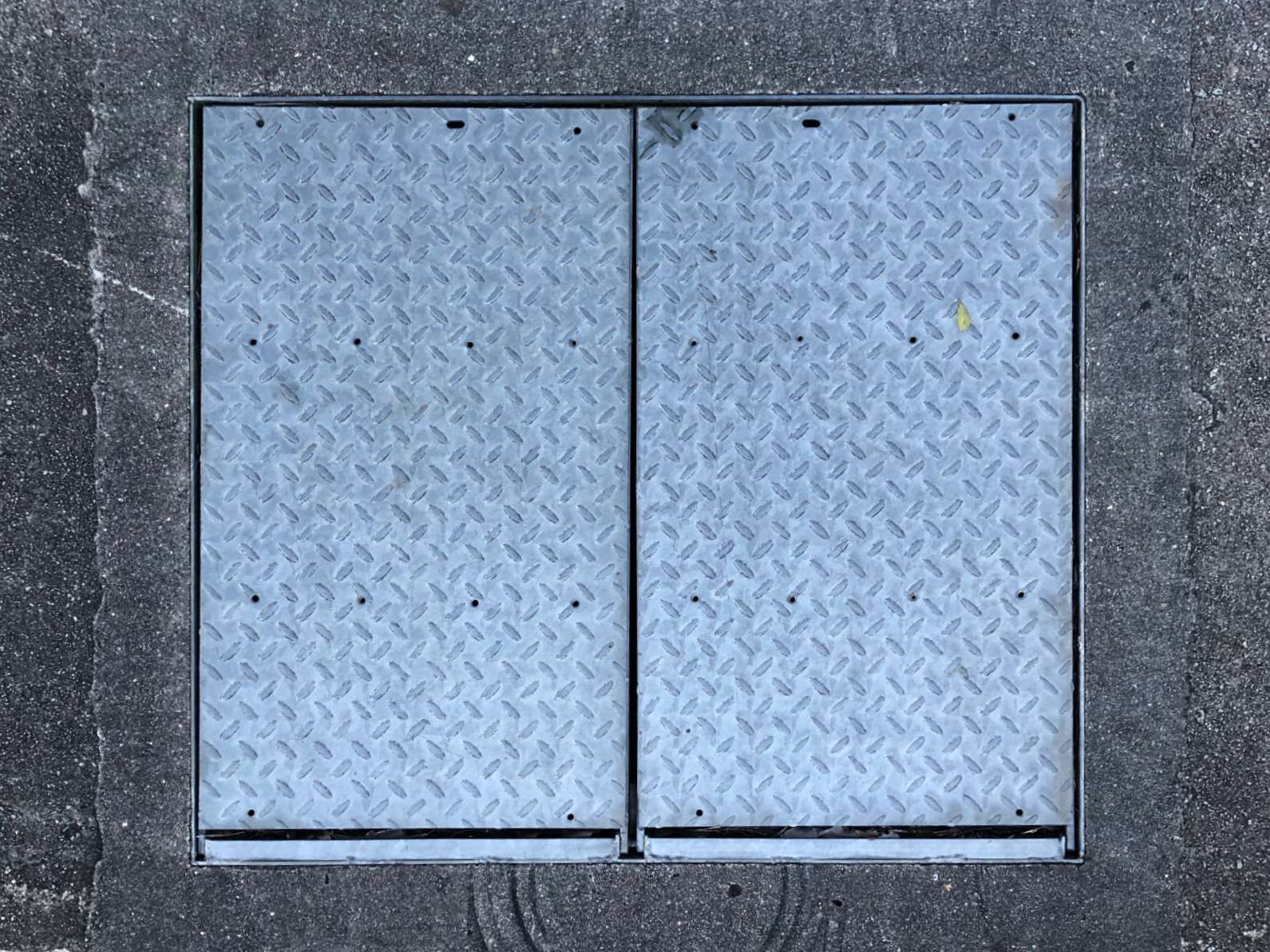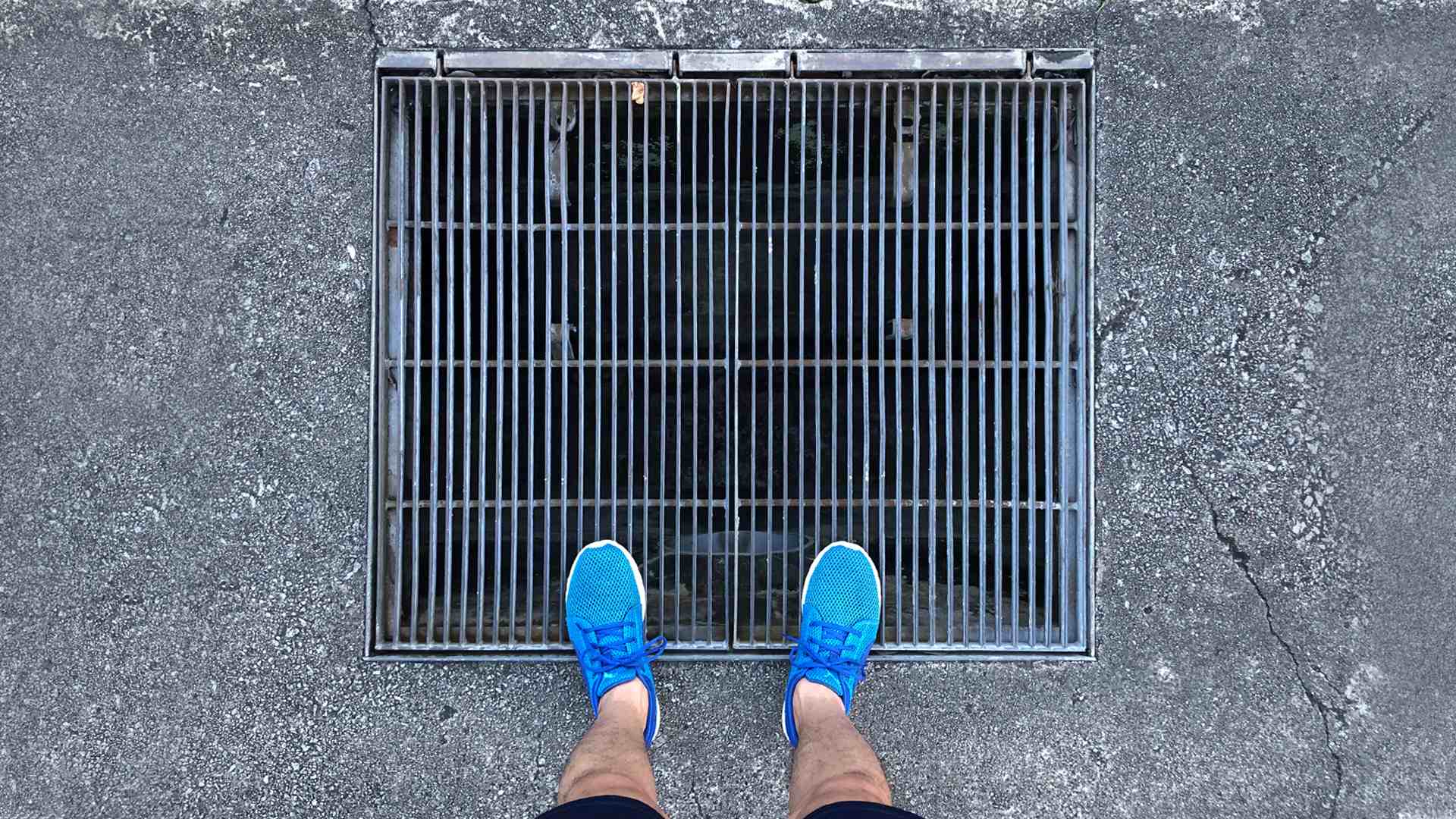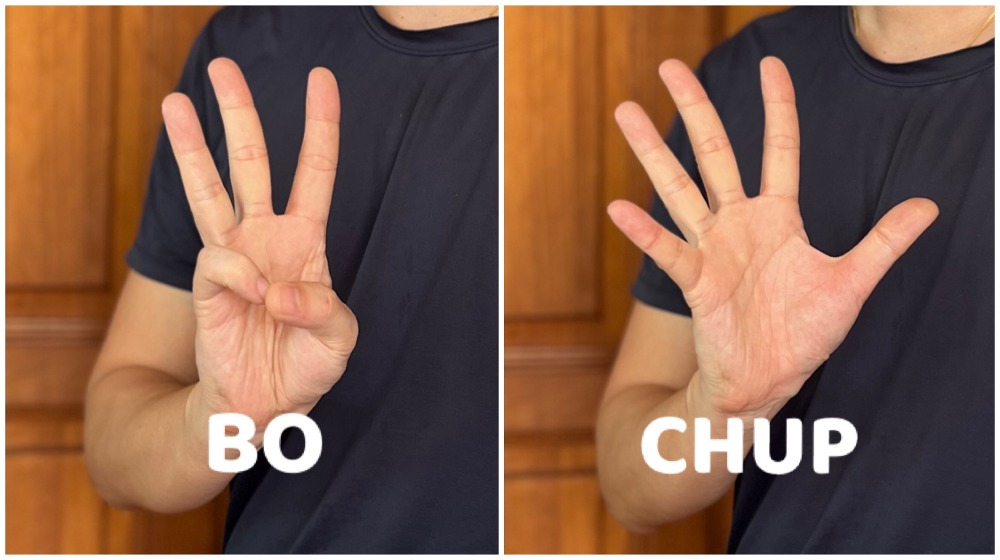Fun Facts About Singapore's Drain Covers
Two to three times a week, my wife drags me along for a run along Punggol Waterway Park. While working up a sweat, I've started noticing something.
We have quite a lot of drain covers in Singapore, don't we?
A PUB officer checking a drain along Upper Paya Lebar Road on 1 Jan 2021.
Posted by PUB, Singapore's National Water Agency on Saturday, 2 January 2021
Some drains are completely covered, while others have grills – which got me thinking about why they come in various shapes and sizes. I’m also probably not the only one who notices how runners and cyclists try to actively avoid them. My bae has a fear of actually falling into one of them. Know someone like that too?
To satisfy my curiosity, I sent an e-mail to PUB, Singapore's National Water Agency, to learn more about our ubiquitous drain covers; what’s the difference between the ones with and without gaps, and how does PUB decide where drain covers are supposed to go?
Thanks to Si Soon Beng, Principal Engineer at PUB’s Catchment & Waterways Department (Drainage Operations), my questions were answered.
Intense rainfall this morning resulted in flash floods in several areas which lasted between 10 and 20 minutes. By...
Posted by PUB, Singapore's National Water Agency on Tuesday, 23 June 2020
How do drain covers function and why is there a need to have so many of them?
As land is scarce in Singapore, most roadside drains are covered to double up as footpaths. Gratings over closed drains (which we call “drain covers”) serve as maintenance accesses to the closed drains.
PUB’s contractors make use of these drain covers to enter the closed drains to carry out structural repair works and to ensure the functionality of the drains in conveying storm water.
On the other hand, the National Environment Agency’s (NEA's) service providers also make use of these accesses to carry out regular cleansing works to the drains so that there won’t be any formation of stagnant water which may lead to mosquito breeding when the drain is choked.
Who decides where to put drain covers and which ones to use?
The maintenance of the drain covers are undertaken by the Land Transport Authority (LTA) since they form part of the footpaths. The details of the drain covers are designed in accordance with LTA’s latest Standard Details of Road Elements.
In general, mild steel heavy duty gratings are used for closed drains subjected to vehicular loadings, whereas mild steel light duty gratings are used for pedestrian loadings.

Ok, we have a burning question: What’s the difference between drain covers with grills and those that are completely covered? And why do they alternate?
The size and spacing of drain covers are stipulated in PUB’s Code of Practice on Surface Water Drainage. Drain covers are by default covered with full chequered plates (the completely covered ones).
However, there are circumstances when we use the grilled type without the chequered plates to allow surface runoff to discharge directly into the drain below to alleviate any water ponding issue (unwanted collection of water) on the surface after rain.
I’ve noticed that runners and cyclists often avoid drain covers with great fear. Do they have any cause for concern?
As they are designed minimally for pedestrian loadings, drain covers are structurally stable for the use of runners and cyclists.
Got fine ah, if someone damages a drain cover?
Drain covers are part of the storm water drainage system. Under Section 30 of the Sewerage and Drainage Act, any person who causes any damage to any storm water drainage system or drain shall be guilty of an offence and shall be liable on conviction to a fine not exceeding $40,000 or imprisonment for a term not exceeding three months or both.
For the latest updates on Wonderwall.sg, be sure to follow us on TikTok, Telegram, Instagram, and Facebook. If you have a story idea for us, email us at [email protected].











